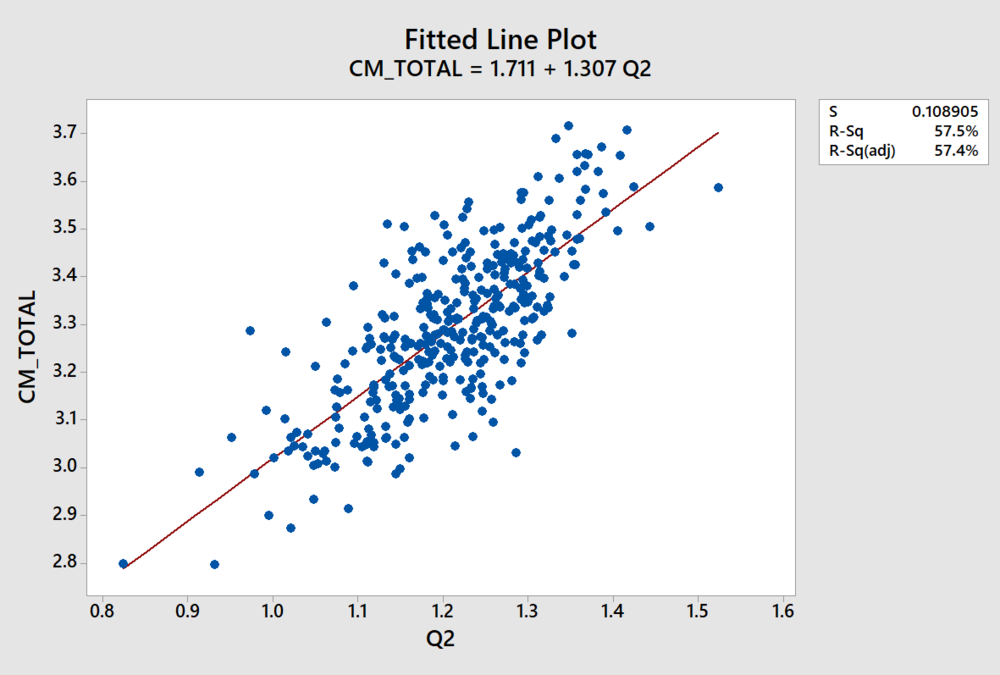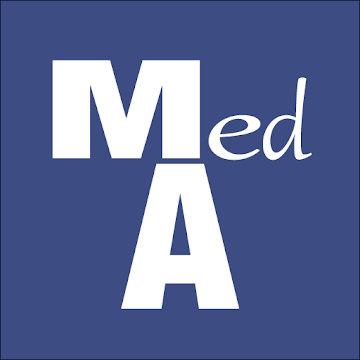Changes in patient acuity change the case-mix or “expected” hours used to determine staffing stars. That’s not news for anyone who reads this blog. The problem is the relationship is difficult to tease out. This is because CMS does not publish the exact criteria they use to select assessments that are included in calculating acuity and don’t give us any documentation showing the ones they used.
This leads to questions like “If my case-mix increased by X, how much pressure would that put on my staffing rating?” This is a common question for anyone who is considering implementing a program to improve documentation. ADL coding is a classic example of this. Improved ADL documentation nearly always increases case-mix, which increases the number of hours required to maintain or improve staffing ratings. (For the record, never let anything get in the way of improving your documentation. Better, more complete documentation should always be the goal, regardless of star ratings or quality metrics.)
Let’s see if we can create a surrogate measure.
Estimating Overall Case-Mix Hours
For this analysis we combined the detailed Medicaid assessment data from the state of North Carolina with the latest data extract from Nursing Home Compare. Once those were linked up we just use a simple linear regression analysis like so:

What that chart is telling you is that there appears to be a relationship Medicaid case-mix index and overall nursing case-mix (or required hours). This makes intuitive sense because at least some of the Medicaid assessments are used to calculate case-mix hours. (Or even all, who really knows?)
Specifically, we are explaining slightly less than 60% of the variation in the data using just Medicaid case-mix. This isn’t too bad if you consider in North Carolina we use a “point in time date”, often called a “picture date” in other states. CMS uses a much more complex criteria to select assessments to include.
The slope of our regression line is 1.307. This means that for every 1 point change in Medicaid case-mix, the overall nursing hours expected by CMS for staffing ratings increases by 1.3 hours per patient per day. If you happen to be close to the lower cut-point for staffing ratings and your acuity increases, you could drop a star. (As luck would have it, we have a great tool for checking how close you are to the next staffing cut point. Check out Staffing Navigator™. It’s free!)
How do I use this?
Using this estimate, we can figure out the break even point between case-mix “slope” and hourly nursing pay. Bear with me a moment:
First we can use the CMI “slope” to estimate the change in Medicaid pay like this: (I am using North Carolina data as well as the 34 grouper for this experiment. I am ignoring changes in Medicare Part A.)
Here is the equation to calculate daily change in revenue for Medicaid for a given change in case-mix:

Here’s the equation for the change in nursing expense for a given change in case-mix index using our slope from the regression analysis:

To find the break-even point we just set those two equations equal and solve. We end up with this beauty. Fee free to admire it’s elegant simplicity. I’ll wait. (This will set the mood as you take it in.)

So if you believe your case-mix “slope” is $77 per point, divide that by 1.307 and you get $58.91. That means that as long as your fully loaded expense to hire and pay nursing staff (ALL nursing staff) is less than $58.91 per hour per nurse/assistant, an increase in case-mix index will cover the cost of increased nursing hours. (This is an oversimplification since nursing hours can’t typically be adjusted in fine increments, very large facilities excepted.)
If the average fully loaded pay of all nursing staff in your facility is greater than $58.91 per hour, you have my sympathy but with all due respect, check your math. Additionally, $77 is probably low. The take-away: Increased acuity (either real or due to improved documentation) may indeed increase the need for nursing staff to maintain a star rating, but increased pay from Medicaid should always cover it.
The sub-take-away: Always be closing improving documentation!
P.S. You can get an exact number for slope by examining your reimbursement report. It may be as high as 100. If you aren’t comfortable with that, let me know. I will help you.
Want to talk? Let’s.

